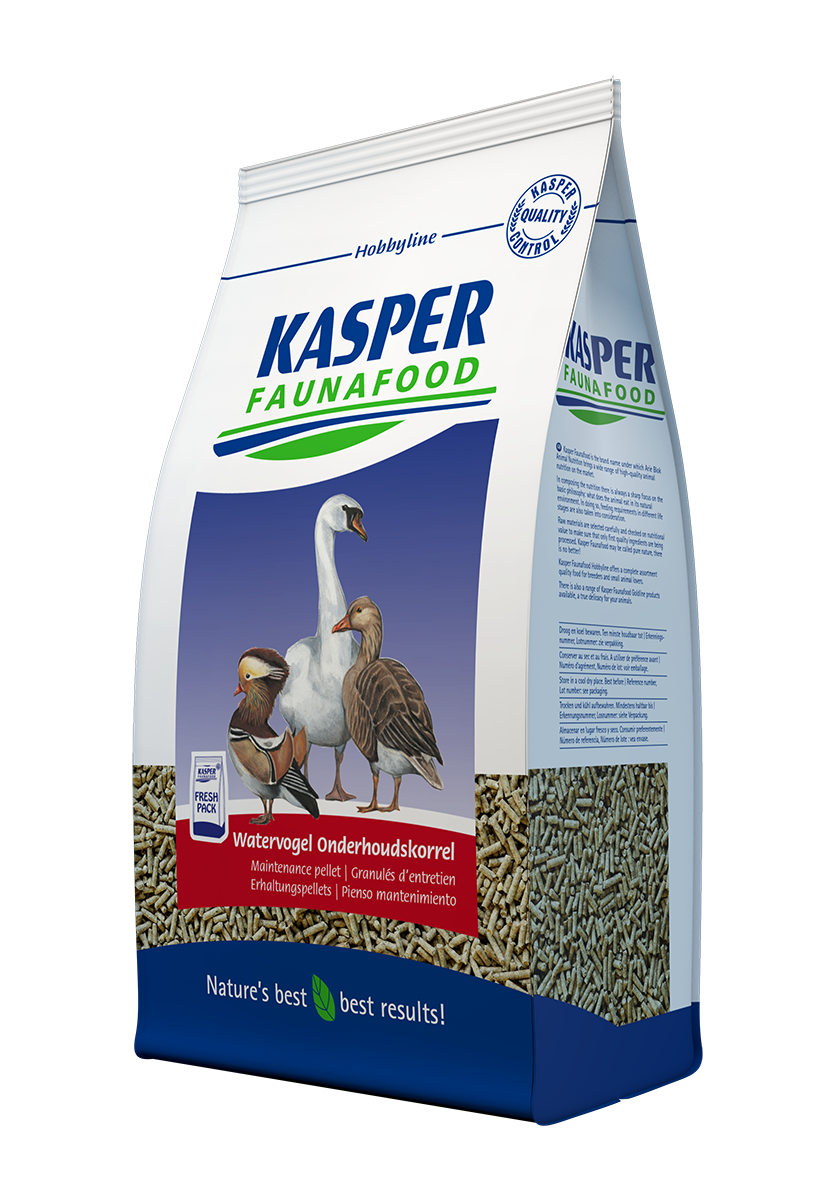
Coscoroba swan
Coscoroba coscoroba
Coscoroba zwaan / Koskorobaschwan / Cygne coscoroba
The Coscoroba Swan has created some confusion between orinthologists. Some feel the species belongs with the Whistling Ducks Dendrocygna, and others with the true swans Cygnus. This species has similarities of both groups. The overall appearance resembles swans, although smaller. Both sexes are completely white with bright pink feet and bill. The young resemble young Whistling Ducks. In the wild, the Coscoroba Swan inhabits the wetlands of southern South America, from southern Brazil to Tierra del Fuego. They are somewhat migratory in parts of the scattered range. Not much is known of other wild habits. The Coscoroba Swan is often kept and bred in captivity. The breeding season begins in late Spring and incubation is done by the hen and lasts about 35 days. Both sexes share in the rearing of the young. Very attractive and unique, this species makes a wonderful addition to those who have a large body of water. They are calm and do well in mixed collections. Not as Winter hardy as true swans, they will need adequate protection from the elements.
This species has an extremely large range, and hence does not approach the thresholds for Vulnerable under the range size criterion (Extent of Occurrence <20,000 km2 combined with a declining or fluctuating range size, habitat extent/quality, or population size and a small number of locations or severe fragmentation). The population trend appears to be stable, and hence the species does not approach the thresholds for Vulnerable under the population trend criterion (>30% decline over ten years or three generations). The population size may be moderately small to large, but it is not believed to approach the thresholds for Vulnerable under the population size criterion (<10,000 mature individuals with a continuing decline estimated to be >10% in ten years or three generations, or with a specified population structure). For these reasons the species is evaluated as Least Concern (IUCN, 2009).

Above: adult couple of Coscoroba's

Above: Coscoroba, 1 day old

Above: Coscoroba, 14 days old

Above: Coscoroba, 2,5 months of age

Above: Coscoroba, 3 months old

Above: Coscoroba, 4 months old

Above: Coscoroba, 5 months old
Above: adult male Coscoroba
Above: adult male Coscoroba, close-up





